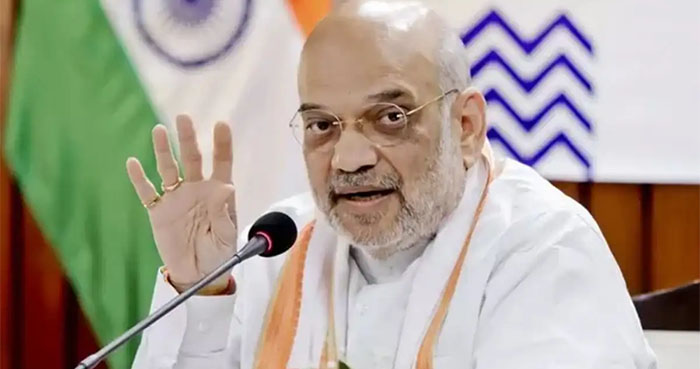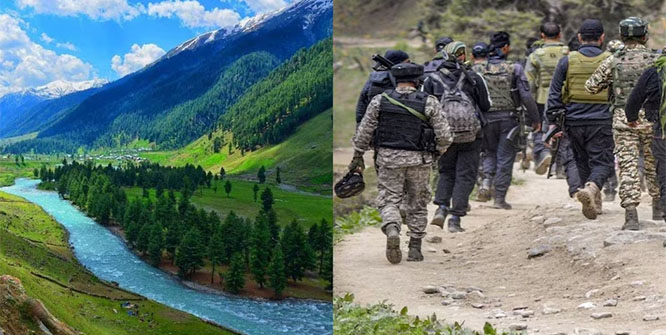New Delhi, Nov 25: India's COVID-19 caseload increased to 92.66 lakh with 44,489 new infections being reported in a day, while the recoveries surged to 86.79 lakh, the Union health ministry said on Thursday.
The country's coronavirus tally mounted to 92,66,705, while the death toll climbed to 1,35,223 with 524 new fatalities, the ministry data updated at 8 am showed.
The COVID-19 active caseload has risen to 4,52,344, an increase of 7,598 cases from Wednesday, even though it remained below 5 lakh for the 16th consecutive day.
The active cases comprise 4.88 per cent of the total caseload, the data stated.
The total number of people who have recuperated from the disease surged to 86,79,138, pushing the national recovery rate to 93.66 per cent, while the COVID-19 case fatality rate stands at 1.46 per cent.
India's COVID-19 tally had crossed the 20-lakh mark on August 7, 30 lakh on August 23 and 40 lakh on September 5.
It went past 50 lakh on September 16, 60 lakh on September 28, 70 lakh on October 11, 80 lakh on October 29, and surpassed 90 lakh on November 20.
According to ICMR, over 13.59 crore samples have been tested for COVID-19 till November 25, with 10,90,238 samples being tested on Wednesday.
The 524 new fatalities include 99 from Delhi, 65 from Maharashtra, 51 from West Bengal, 42 from Haryana, 31 from Punjab, 29 from Uttar Pradesh and 26 from Kerala.
A total of 1,35,223 deaths reported so far in the country includes 46,748 from Maharashtra followed by 11,714 from Karnataka, 11,655 from Tamil Nadu, 8,720 from Delhi, 8,172 from West Bengal, 7,644 from Uttar Pradesh, 6,962 from Andhra Pradesh, 4,684 from Punjab and 3,906 from Gujarat.
The health ministry stressed that more than 70 per cent of the deaths occurred due to comorbidities.
"Our figures are being reconciled with the Indian Council of Medical Research (ICMR)," the ministry said on its website, adding that state-wise distribution of figures is subject to further verification and reconciliation.
nd efficient clinical management of the positive cases.








Comments
Add new comment